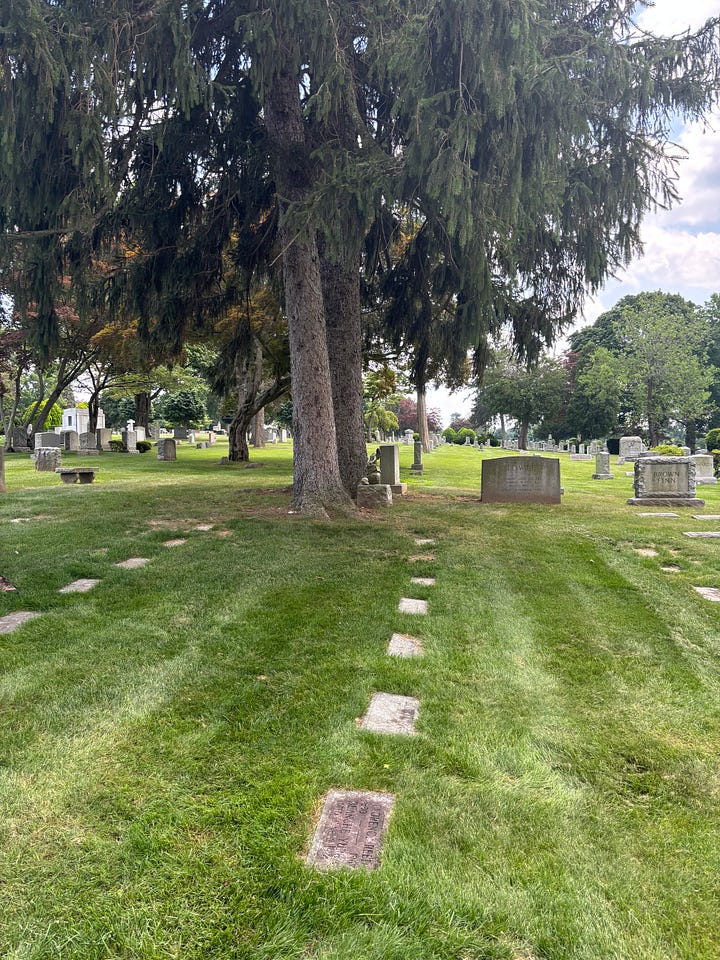Blanche Yurka: The actress who learned to knit so she could play Madame Defarge.
From covering dental decay to the history of Hollywood film, your faithful correspondent follows the trail wherever it leads.
In these “worst of times” under the Trump administration and the at least temporary triumph of the oligarchs it seems to represent, I’ve seen a number of people on social media reminiscing about the French Revolution and the days when the heads of aristocrats were separated sharply from their bodies as the guillotine’s blade rose and fell. Of course the heads of revolutionaries (Robespierre and others) were soon lopped off as well, giving those who hate all revolutions a way of warning us not to be too radical in our demands against the powers that be.
Certainly that was at least one of the points Charles Dickens was making when he wrote “A Tale of Two Cities,” which pitted the good-hearted Charles Darnay (a pro-revolutionary aristocrat who denounced all his privileges) against a band of revolutionary rabble led by the vengeful Madame Thérèse Defarge. Never was the literary image of Madame Defarge knitting in a front row seat before the guillotine more vividly portrayed than in the 1935 film version of the book, in which she was played by the veteran theater actress Blanche Yurka.
After a long career on the stage, it was Yurka’s first film role, in which she starred along with Ronald Colman, who played Sydney Carton, whose head also falls in loving sacrifice at the end of the epic story.
It’s a small world, they say, and so not so long ago I had the pleasure of meeting Blanche’s great-niece, Heidi Jurka, who used to live in the village I now reside in on the Hudson River. That chance meeting had nothing do with acting or the cinema, however. It had to do with dental decay.
It all started when, as editor/publisher of our local online village newspaper, The Croton Chronicle, I did an article about the history of water fluoridation in Croton-on-Hudson, or rather the lack of it. Back in the 1980s, Heidi’s father, the popular local dentist Charles E. Jurka, had championed the addition of fluoride to our water, in vain—and no one ever tried again. When I posted the story on one of our local village Facebook groups and asked if anyone had known Dr. Jurka back in the day, who should pop up but one of his daughters—Heidi—who grew up in Croton but now lives in Virginia.
That led to a second article in the Chronicle, all about the Jurka family, with origins in Czechoslovakia. The family included dentists, a well-known psychiatrist, and of course Blanche (who had changed her name from Blanch Jurka when she began working in the theater.)
Yurka, who died in 1974 and is buried in the famous Kensico Cemetery in nearby Valhalla (see photos below), was quite a good writer as well as a talented actress. She wrote three books about her life and career, the most well known of which is “Bohemian Girl.” In Chapter 17, “Mme. Defarge Arrives in Hollywood,” she tells the story of being cast in the role for which she is undoubtedly now most famous.
The producer of “A Tale of Two Cities,” David O. Selznick, had wanted the famed Russian-American actress Alla Nazimova to play Madame Defarge. But Nazimova felt she was too diminutive for the role, and recommended Blanche, whom she knew because they had both acted in Henrik Ibsen plays around that time. (Yurka was renowned for her performances in Ibsen masterpieces such as “The Wild Duck.”)
In the chapter, Yurka, who was 47 when she got the call from Selznick’s staff, describes how she got ready for the audition, in the face of a lot of competition to play what Hollywood considered a plum role. For the dramatic Tribunal scene—in which an impassioned Madame Defarge brandishes a prison letter written by Charles Darnay’s father-in-law condemning the Evrémondes to the last relative (who was actually Darnay’s little daughter)—Yurka decided that “Sleepless nights, battles in the street, the violent overthrow of all order and decency” meant Defarge would have been a disheveled mess by the time she got to the Tribunal. So she soaked her dark wig with oil, smeared her face with dirt, and ripped her neckerchief into ribbons.
The tactic seemed to have worked, because, as we know, she got the part. Yurka goes on to describe how nervous she was playing the role, sometimes flubbing her lines, but muddling her way through one of the screen’s great performances.
One of the most amusing passages in the chapter was about learning how to knit, which she had never done. MGM sent a woman to teach her, and she practiced “early and late,” carrying “my knitting bag everywhere and concentrating on achieving speed and smoothness.”
Yurka also described the big fight between herself and Edna May Oliver, who played Miss Pross, at the end of which Madame Defarge is killed—thus greatly helping Sydney Carton to get away with taking the place of Charles Darnay in the story’s final scenes.
“Getting an effect of violence without the actual use of it is a tricky business but even so it was a very strenuous physical involvement,” Yurka wrote. When the scene was finished, both she and Oliver “took to our beds” for several days.
Blanche Yurka had other screen roles, not all major ones, over the remainder of her career, including in “Song of Bernadette” and “The Southerner.” She also made occasional television appearances. But she remained a much in demand stage actress over that time, not retiring completely until just a few years before her 1974 death.
This past week I made a pilgrimage to Yurka’s grave at Kensico Cemetery in Valhalla, NY (just a half hour’s drive from where I live) where she is buried in a section maintained by the Actors Fund of America. She shares the plot with the famous stage and film actress Florence Reed, a good friend. Heidi Jurka tells me that a number of her forebears are also buried at Kensico, but that Blanche wanted to be among her peers in the acting profession.
Will this be the last story I will write about the Jurka family? It’s hard to know. Just a few months ago, I had never heard of any of them, and certainly had no memory of who played Madame Defarge in that great film. For journalists and writers, one might say that the “worst of times” can still be “the best of times” if one keeps their wits and their curiosity about them.


*************************************************************************************************************
To share this post, or to share “Words for the Wise,” please click on these links.





